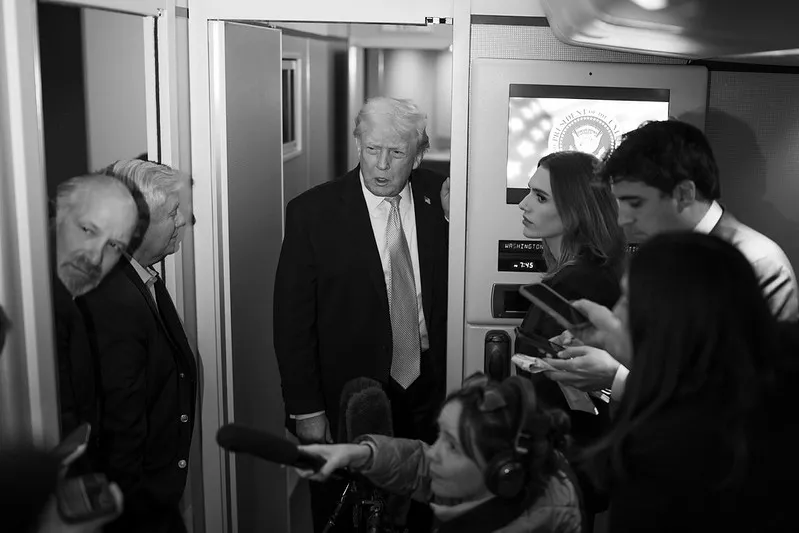The Financial Times on April 8 published an account of a liquidity shortage developing in the world’s largest financial market—the $30 trillion market for publicly traded U.S. Treasury securities, headlining it, “The Treasury Basis Trade Rears Its Head Again.” The report by the editor of FT’s financial blog FT Alphaville, Robin Wigglesworth, has been matched in many international media today, as U.S. Treasury interest rates have continued to rise sharply, when they should be falling, according to the rule-of-thumb that global capital flees to the Treasury market when stock markets go into a crisis plunge. FT said that hedge funds are liquidating their “basis trades” in the Treasury market and “investors continued shifting into cash.” As an example of rates across the board, 10-year Treasury notes jumped in three-plus trading days (Friday, April 4 through Wednesday morning, April 9) from 3.95% interest to 4.5%. The most recent Treasury auction, of 3-year notes April 7, went very badly with “U.S. investors” (read: large hedge funds) avoiding the auction.
ZeroHedge explained early April 9, with its characteristic nose for new financial developments and hyperventilation in reporting them: “The most popular trade among the hedge fund community, the … basis-pair trade of long Treasuries, short swaps, is in the process of terminal, catastrophic unwind ... and as a result of the panicked scramble to unwind, swaps are not massively outperforming Treasuries, which are getting dumped…. The bottom line is that funds and banks are panic selling Treasuries to raise cash. But, there is not nearly enough liquidity in the system.”
This is not a new situation, but has been building up for 18 months, with periodic warnings of the Treasury debt bubble’s increasing domination by swarming, derivatives-speculating hedge funds; and lack of liquidity in that market, if and when hedge funds withdraw “their” liquidity, which has actually been loaned them by the big international banks. The Trump Administration’s tariff attack may have provided the trigger for this sudden reverse-leverage crisis. Bank credit will also be found to be sinking.
The situation is as serious as in 2019 and 2020, when the Fed injected massive liquidity. But Fed Chair Jerome Powell’s statements after the most recent monthly meeting of the Federal Open Market Committee put the Fed on record as considering this to be unwise and unnecessary. He would be attacked as capitulating to political demands if the Fed now goes into emergency mode just days after Trump demanded action from it. But it can already be seen from the New York Federal Reserve Bank website that the very slow sell-off of its vast hoard of Treasury securities has stopped altogether over the past three weeks.
What does this require, to prevent a huge Fed dollar bailout and deep recession? Begin creation of a National Bank for Infrastructure in the New York Fed, to begin with power and water infrastructure and international loans to development projects. Capitalize this Bank by trade-ins of Treasury debt for equity in the Bank.






